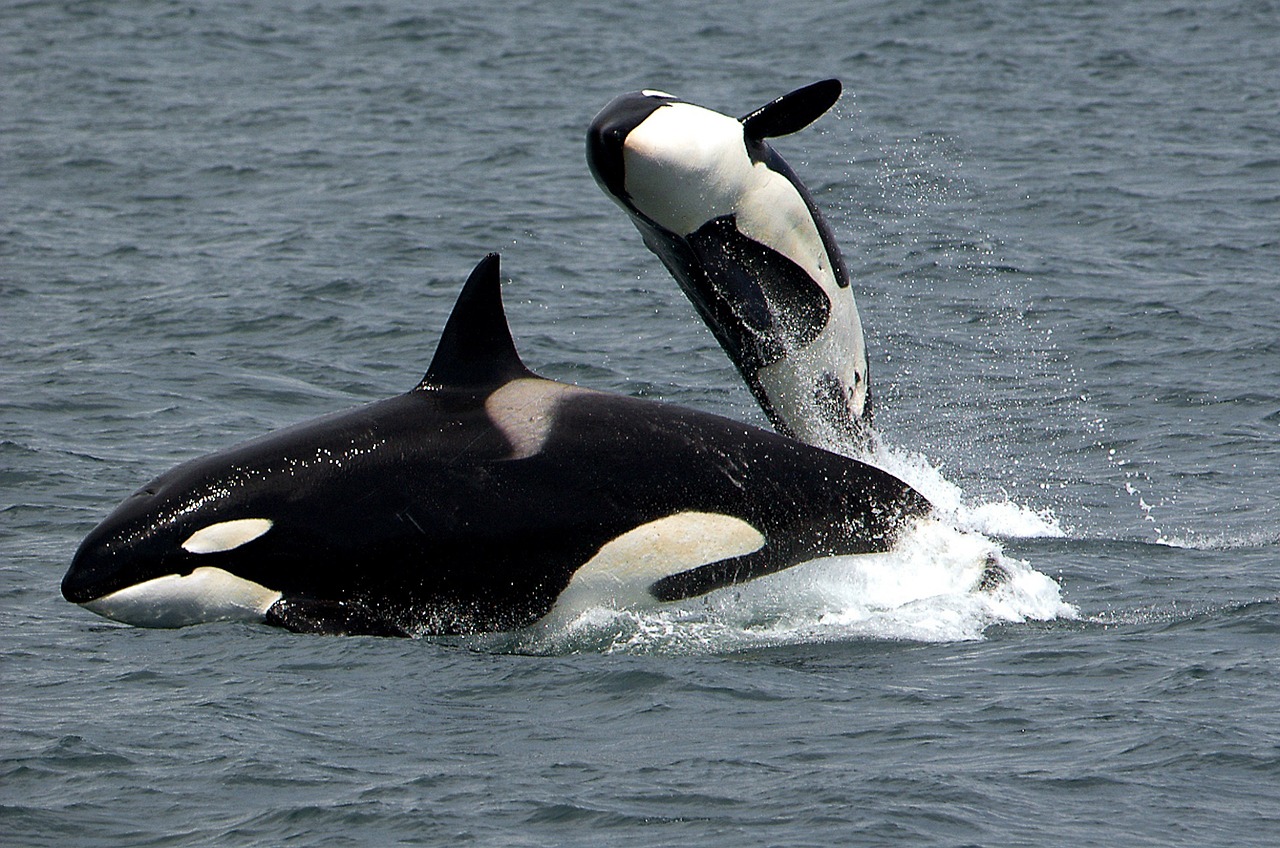
EXPERT REACTION: The persistent killer of Killer Whales
Killer whales' immune systems as well as their ability to reproduce are at risk due to contamination of polychlorinated biphenyl (PCB) - a chemical that was commonly found in electronics - despite having a near-global ban over 30 years ago, say international researchers. The team suggests that the PCB threat affects more than half of the world's orcas and over the next hundred years, the whale populations near industrialised regions, and those at the top of the food-chain are at a high risk of population collapse.
Journal/conference: Science
Link to research (DOI): 10.1126/science.aat1953
Organisation/s: Curtin University, The University of Adelaide, RMIT University
Attachments:
Note: Not all attachments are visible to the general public
News for:
Australia
International
Media contact details for this story are only visible to registered journalists.


Expert Reaction
These comments have been collated by the Science Media Centre to provide a variety of expert perspectives on this issue. Feel free to use these quotes in your stories. Views expressed are the personal opinions of the experts named. They do not represent the views of the SMC or any other organisation unless specifically stated.